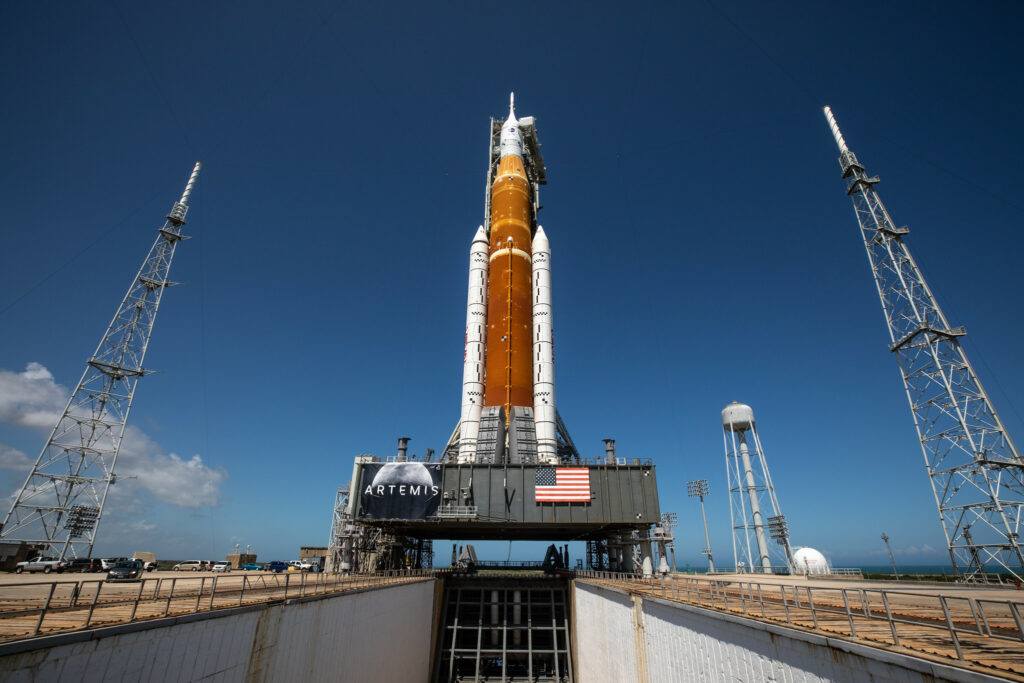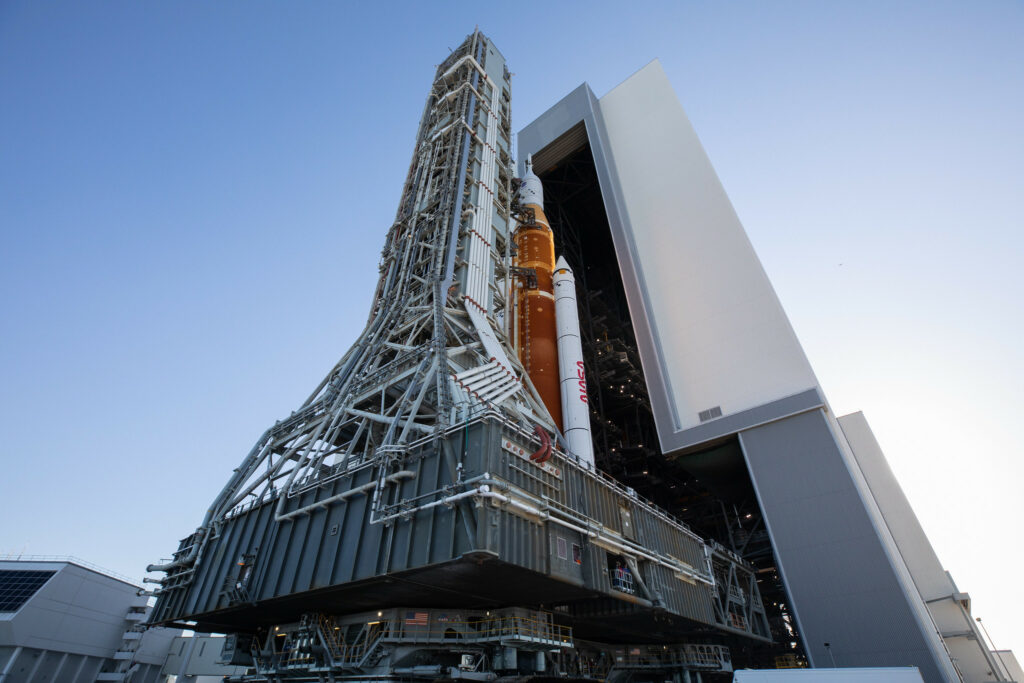NASA management has decided to repair a faulty component of the SLS rocket on the launch pad. If successful, this will allow the next attempt to launch it at the end of this month.

On September 3, NASA made a second attempt to launch the superheavy carrier SLS. Unfortunately, the procedure had to be interrupted due to a hydrogen leak. Its source is located in the cavity of the quick-release connection, through which the rocket tanks are refueled.
After studying the available options, the mission management decided not to return the rocket to the Vehicle Assembly Building (VAB) for repair. Instead, engineers will try to replace the leaky connection element right on the launch pad. The advantage of this approach is to save time. Firstly, the rocket will not need to be moved, and secondly, engineers will be able to immediately check the quality of repairs.
The disadvantage of this approach is that the SLS located on the launch pad will inevitably be exposed to rains and thunderstorms. Therefore, before starting work, engineers will have to install a protective casing around the interface to avoid water entering the rocket’s interior.

If the repair is successful, NASA will be able to make a new attempt to launch the SLS during the next window, which will be open from September 20 to October 4. However, for this purpose the organization will also need permission from the US Space Force SLD 45 (Space Launch Delta 45). It is responsible for safety at Cape Canaveral and certifies the use of an emergency flight termination system — charges that will undermine the rocket if, after launch, it begins to deviate from the established trajectory.
The certification period for the SLS emergency flight termination system expires on September 6. In order to be able to launch a rocket without its return to the VAB, NASA will need to extend the certification period. If the US Space Forces refuse to take this step, the carrier will have to be brought back to reset the charges, regardless of the success of the repair. In this case, a new launch attempt will take place during the window, which will be open from October 17 to October 31.
According to https://spacenews.com
Follow us on Twitter to get the most interesting space news in time
https://twitter.com/ust_magazine

